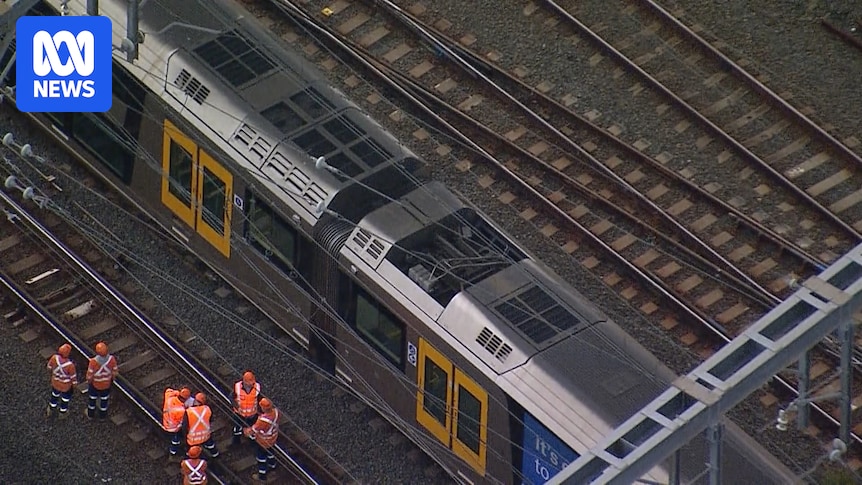
A comprehensive review into the Sydney train network has revealed that a live electrical cable, which fell onto a train and caused widespread disruption, had been identified as a risk several years ago. The incident, which occurred in May between Strathfield and Homebush, led to a 24-hour chaos as a 1,500-volt cable came down on a train carriage, isolating power to six tracks and affecting hundreds of passengers.
The power failure at this critical junction forced the evacuation of 300 passengers from the affected train, with Sydney Trains response teams taking three hours to safely escort them. The disruption extended to other lines, causing a significant meltdown during the afternoon peak hour and leaving parts of the city’s network at a standstill. By the following morning, repair efforts were underway, but the damage to commuter trust was evident due to reduced service frequencies and poor communication.
Long-Standing Risks and Management Failures
The Independent Rail Review, released on Tuesday, highlighted that the overhead wire failure had been flagged as a risk in 2020. However, it was never entered into Sydney Trains’ defect management system, nor was it repaired. Transport Minister John Graham noted that previous testing showed the wire was below the condemning level, yet visual inspections using binoculars were inadequate for proper assessment.
Commissioned by NSW Premier Chris Minns, the review criticized the lack of adequate tools and management capability to address such issues. It also found “no defensible reason” for the prolonged de-training process at Homebush and deemed the recovery time “far too long.”
“In this incident, the leadership did not appear to be confident, strong, or disciplined, and the teams were not deployed by that leader as we would have expected,” the review stated.
Moreover, the review pointed out the insufficient communication on the day of the incident, both to passengers and the public. “The government received some limited communication from Sydney Trains but not in detail and not reliable,” it added.
Systemic Issues and Recommendations
Beyond the immediate incident, the review called for Sydney Trains to adopt advanced technologies, including cameras for network condition assessments and artificial intelligence to analyze footage for anomalies. The report noted that train punctuality in May dropped to 77.1%, below the benchmark of 92%.
During a visit to the Rail Operation Centre, reviewers described the environment as “noisy, crowded, and tense,” recommending adjustments to improve efficiency. The review also addressed the Rail Repair Plan (RRP) initiated in 2023, which had seen an initial improvement in infrastructure performance but was not sustained post-June 2024.
Government Response and Future Investments
Transport Minister John Graham announced that the state government accepted all 12 recommendations from the review. “The people of Sydney expect a safe and reliable rail network — and right now, it’s not up to scratch,” he stated during a press conference.
“It carries over a million people every working day, so the fact that it must run properly is not a trivial one,” said Kerry Schott, a panellist of the report.
In response to the findings, the government has committed to a $458.4 million investment over four years to enhance the network. Transport for NSW coordinator general Howard Collins described the incident as a rare “catastrophic event,” emphasizing the life-threatening nature of the fallen wires.
As Sydney Trains moves forward, the focus will be on implementing the review’s recommendations to prevent future incidents and restore public confidence in the network. The incident serves as a stark reminder of the importance of proactive maintenance and effective crisis management.





